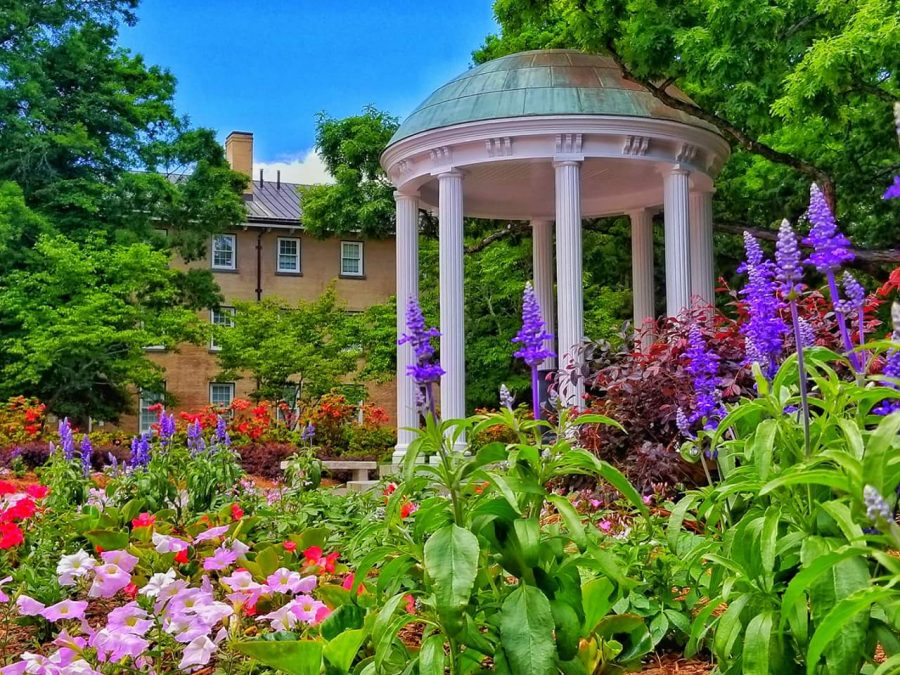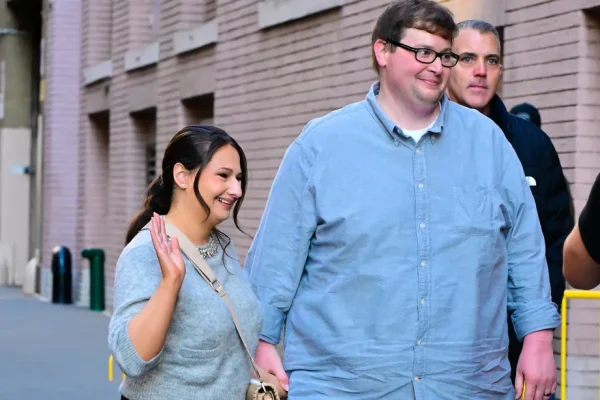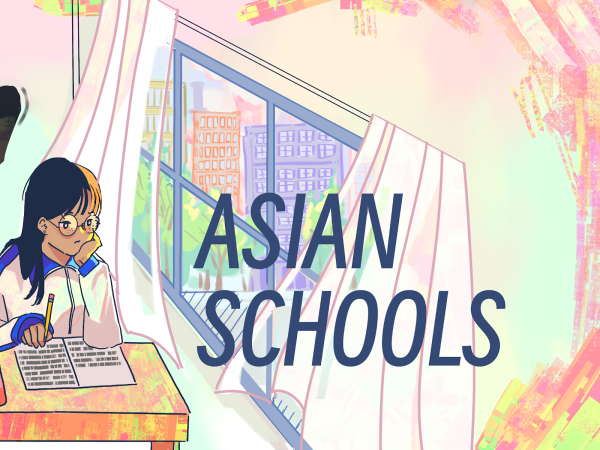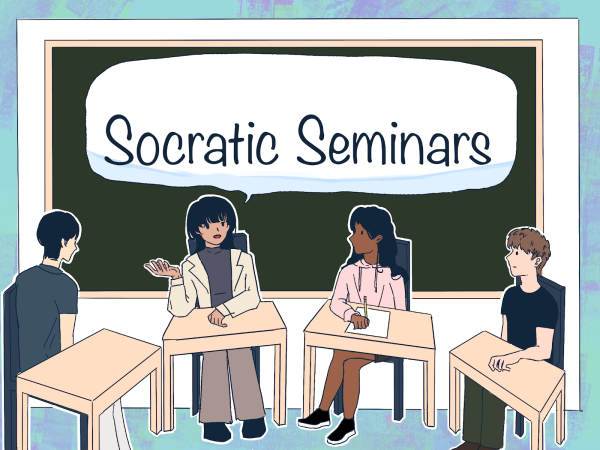Affirmative Action is Un-American
The Old Well at the University of North Carolina, Chapel Hill. Last month, a federal court ruled that the school could continue to use Affirmative Action in admission, defeating a lawsuit brought up by the rights group Students for Fair Admissions.
America: the land of opportunity. A land where everyone is treated fairly, with “equal justice under law.” A land which gives everyone a shot at the American Dream. A land which prides itself on its egalitarian ideals, so much so that it has made efforts to spread them worldwide. Is it not hollow for that very same land to allow de jure discrimination to run rampant across its length? To have different requirements for different people, based on immutable characteristics? To justify it all on the basis of righting wrongs, despite the very act being so self-evidently wrong? Affirmative Action is the antithesis of the American ideals of equality and justice for all, and as long as it continues to exist, it will remain a blemish on the face of the nation.
In the 21st Century, there is nothing more American than striving for racial equality. The immense popularity of BLM protests in the last year is evidence enough of that. However, Affirmative Action, despite its stated purpose being in line with this ideal, only accomplishes the opposite. The definition of racism is treating people differently (usually worse) based on the color of their skin; Affirmative Action allows colleges to do just that when it comes to admissions. The current system gives a substantial advantage to Black and Hispanic applicants, with white and especially Asian applicants getting the short end of the stick. Harvard University, for example, admitted in its high-profile lawsuit last year that Asian students have the equivalent of a 250 point SAT penalty compared to Black students (with white and Hispanic students falling somewhere in the middle of the spectrum). Acceptance rates for Asian students (and to a lesser extent, white students) are substantially lower than that of other races. But this isn’t just racist against the groups it hurts – it’s also incredibly patronizing toward those it helps. The system assumes that if you are Black, Hispanic, or another “underrepresented minority,” you need assistance to get into college, and cannot compete on even footing with others (which is, of course, laughably untrue). All of this perpetuates a cycle of victimization that keeps America divided. Present discrimination to make up for past discrimination does not heal old wounds, but instead births a new set of grievances in a different group of people. If America is to ever move past the barrier of race, we must start treating each other equally.
Of course, some people don’t see it that way, and justify Affirmative Action by stating that it is to make up for past victimization. This narrative falls apart where Asian Americans are concerned. Beginning with the Chinese Exclusion Acts and the Yellow Peril in the 1800s, Asians were legally and socially seen as inferior in the United States. Lynchings of Chinese and Japanese immigrants were common on the West Coast as waves of nativist sentiment roiled the nation in the early 1900s; following this, the Immigration Act of 1923 completely banned all immigration from nations outside Western Europe. During World War 2, Japanese Americans were forcibly interned in camps across the western US, without any compensation for their lost property and livelihoods. If Affirmative Action is about making up for the wrongs of the past, then why don’t Asians also get a major admissions boost? Because that’s not Affirmative Action’s purpose – the purpose is to reduce inequality in education outcomes by giving students with fewer opportunities a chance to become successful. But there’s a much better way of doing that: evaluating socioeconomic status.
It is an undeniable fact that there are racial disparities when it comes to education in America. But it is absurd to suggest that Black and Hispanic students do worse academically on average because they are Black or Hispanic. Correlation is not causation. There is a third variable in the equation – poverty. Due to a number of historical and social factors, poverty is disproportionately represented in these communities. Worse academics is the natural result of this – schools in low income areas are worse (because property taxes fund schools, and property values are low), parents can give less help because they are often busy, and students cannot afford extra resources like tutoring. So instead of giving a boost to various racial groups, why don’t we eliminate the middleman of race and give a leg up for socioeconomically underprivileged groups? There are plenty of Black and Hispanic people doing well in America, and it makes no sense for their children to get a boost in college admissions. With the current system, the son of a famous celebrity, who essentially has access to unlimited resources, can get a more favorable look in college admissions than the son of a poor farmer from rural Arkansas. Is that fair?
Affirmative Action is trying to balance inequality in America. But it’s doing so in a way that is less efficient, and far more racist, than the alternative of simply looking at socioeconomic class. To heal old divides, we need to get rid of Affirmative Action and replace it with a system that helps those who really need it.












